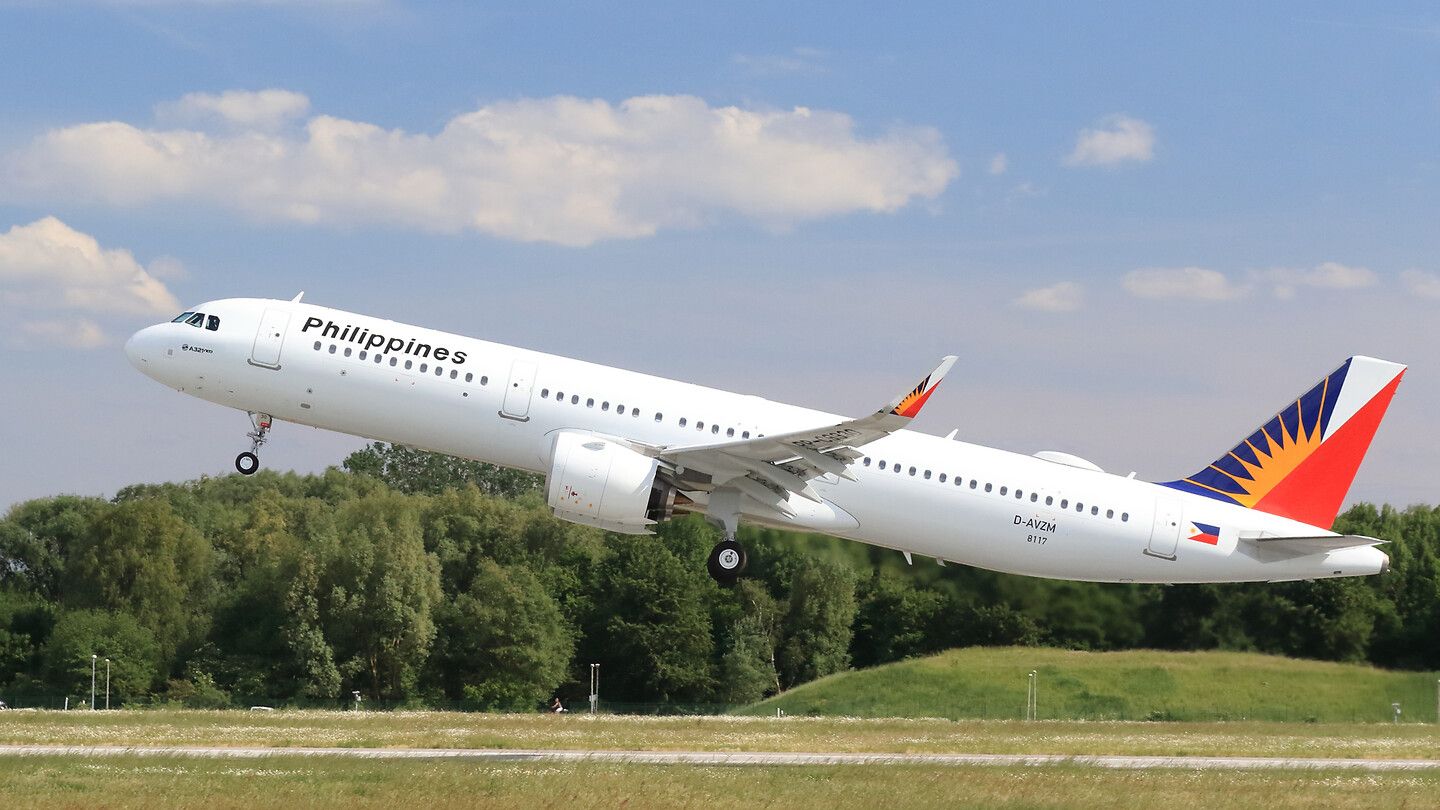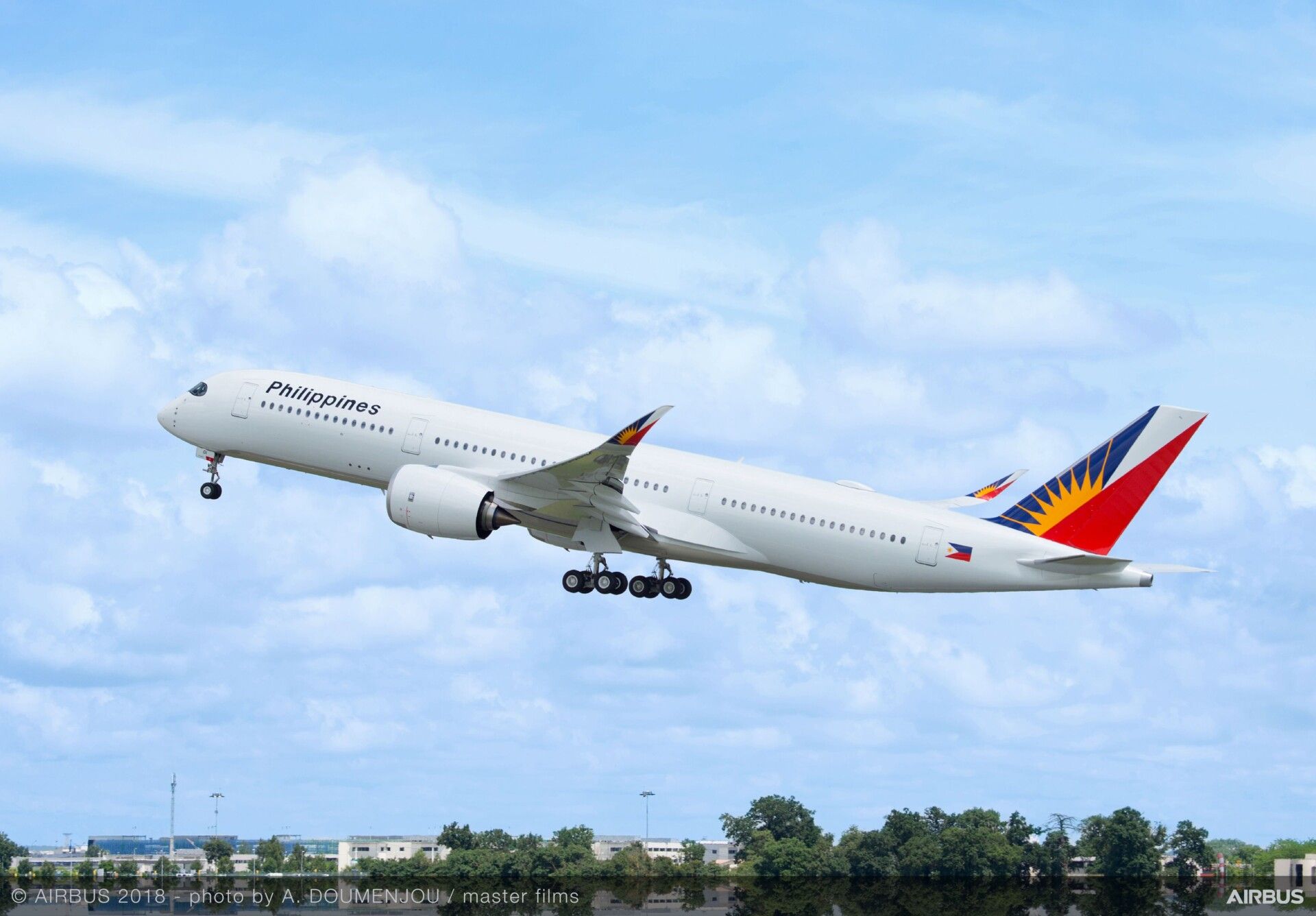After emerging from bankruptcy, Philippine Airlines is starting to suffer from its success. It seems that the lack of widebody aircraft and China's draconian border regulations are all that's standing between it and full recovery to pre-COVID levels.
Little more than a year after entering Chapter 11 bankruptcy, Philippine Airlines (PAL) reported a net profit of $71 million for the first half of 2022. This was a stunning turnaround from the $344 million the airline lost in the same period in 2021.
The upward trend continues in the second half, with revenues projected to exceed the full-year target of $2 billion. In the first half of the year, PAL reported revenues of $1.1 billion, a 258% growth in passenger revenues and a 31% increase for cargo, compared to 1H 2021.
Get the latest aviation news straight to your inbox: Sign up for our newsletters today.
2022 looks like a good year for PAL
On the sidelines of a Management Association of the Philippines event last week, PAL Holdings president and chief operating officer Stanley Ng predicted 2022 revenues would be around $2.6 billion. He said that by October, PAL was already about $2 billion with "three months still to go." Ng expects domestic sales to fully recover to pre-pandemic levels by December and for international sales to reach 70%. Currently, PAL is around 90% of domestic sales, with international sales around 60%.
The passage through Chapter 11 saw PAL shed around $2 billion in debt, partly helped by returning some of its Airbus A350 and Boeing 777 widebody aircraft to lessors. Today, the ch-aviation.com data shows PAL has two A350-900s, nine A330s and eight 777-300ERs in operation. Overall it has 42 of its 49 aircraft back flying on 102 routes to 71 destinations in 21 countries. These include three destinations in Australia, two in Canada, four in the US and four in the Middle East.
Pre-COVID, China made up around 20% of PAL's market, and Ng said that until that traffic returns, the airline would not get back to 100% in international operations. While reopening China's borders is way out of Ng's control, he said that PAL is looking to restart flights from Manila to London, New Zealand and Sapporo in Japan, hopefully by next year. One of the issues standing in the way of more international expansion is the lack of aircraft, which Ng put very succinctly as,
"We don't have that many airplanes to fly to those destinations right now."
Are more A350s on the way?
Before the pandemic and Chapter 11, PAL used the A350s and 777s on the route to London Heathrow and ideally would like to add more modern, fuel-efficient aircraft to its fleet. With Airbus canceling A350 orders for Qatar Airways, it would likely be a quick fix to PAL's widebody shortage if the finances are robust enough to add aircraft. In his comments last week, Ng also raised the need for fleet renewal to improve passengers' onboard experience. No doubt focusing on the A330s and 777s, which are around nine years old, he said:
"Some of our planes are getting a little bit old in terms of aesthetic, but in terms of engines and safety, it's perfect, but of course, people right now are more demanding of the seats."
The fleet has a relatively young average age of 7.1 years, driven down by the Airbus A320-family aircraft that come in at an average of around five years. Beyond the 777s looking a bit tired and dated, Ng said that as a first step in lifting passenger experience, PAL is improving the food by partnering with local chefs.
"Here and there, if we can do it, we've been doing it already. But the metal, the hardware, the aircraft will take some time, but we are in the process of deciding."
Find more news about Asian aviation here
Chapter 11 bankruptcy and similar financial schemes have saved numerous airlines, but all those wiped-off debts have to be paid by someone. Is Philippine Airlines truly on the road to recovery?

-RP-C7779.jpg)

